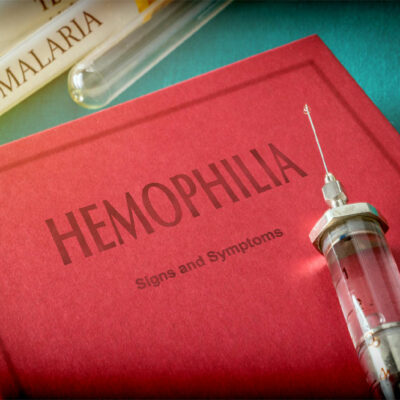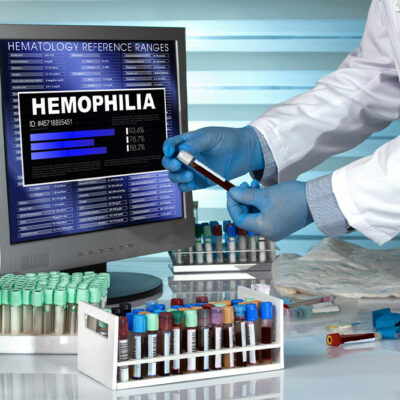
7 unhealthy foods diabetics should avoid
Food choices matter a lot when you try to combat a health condition. And diabetes is a chronic, long-term disease that needs to be managed with a combination of a healthy lifestyle and food choices. Quality sleep, an active lifestyle, and nutritious food choices can be rewarding for those with diabetes. However, while some foods make for a good choice, some can do equal harm. This article highlights the worst foods for those with diabetes. Starch While carbs are important, the source of carbs is what matters the most. Some of the worst choices in this food category for people with diabetes are rice, white flour, cereals, fries, white bread, and fried tortillas. Canned vegetables Vegetables are best eaten in their raw, organic form. Avoid canned vegetables and try to cook a meal from scratch, using fresh produce. Also, stir-fried veggies made using a generous amount of butter are not a good option too. Sodium-rich foods Pickles, frozen and canned foods are all high in sodium, which can spike the blood pressure levels in people with diabetes. Diabetes is an illness associated with the heart and kidneys, so the diet must be low in sodium. Artificial fruit juices and packaged by-products While fresh fruits are a good choice and are recommended to be consumed as is, other forms of fruits are to be avoided.
Read Article 









